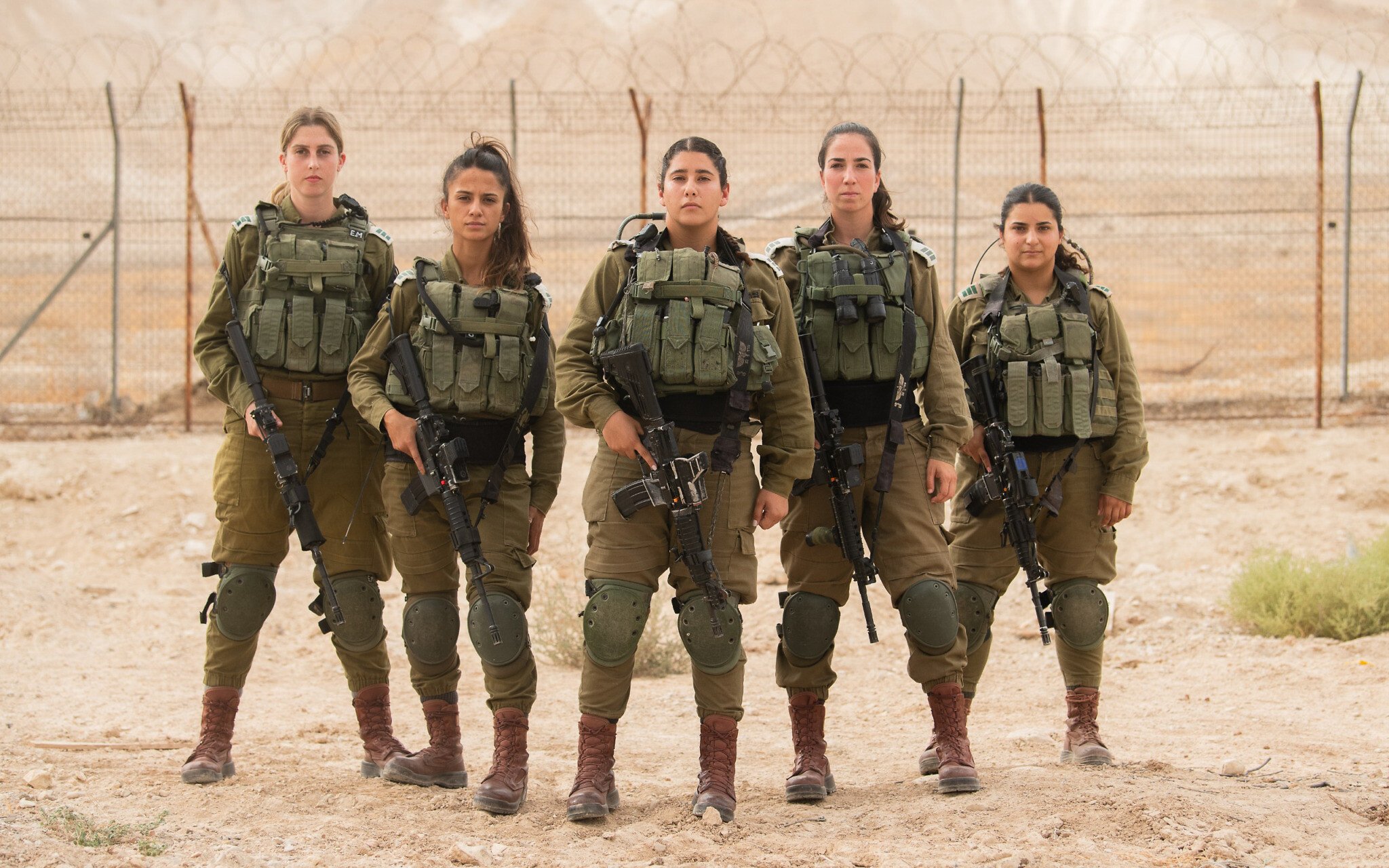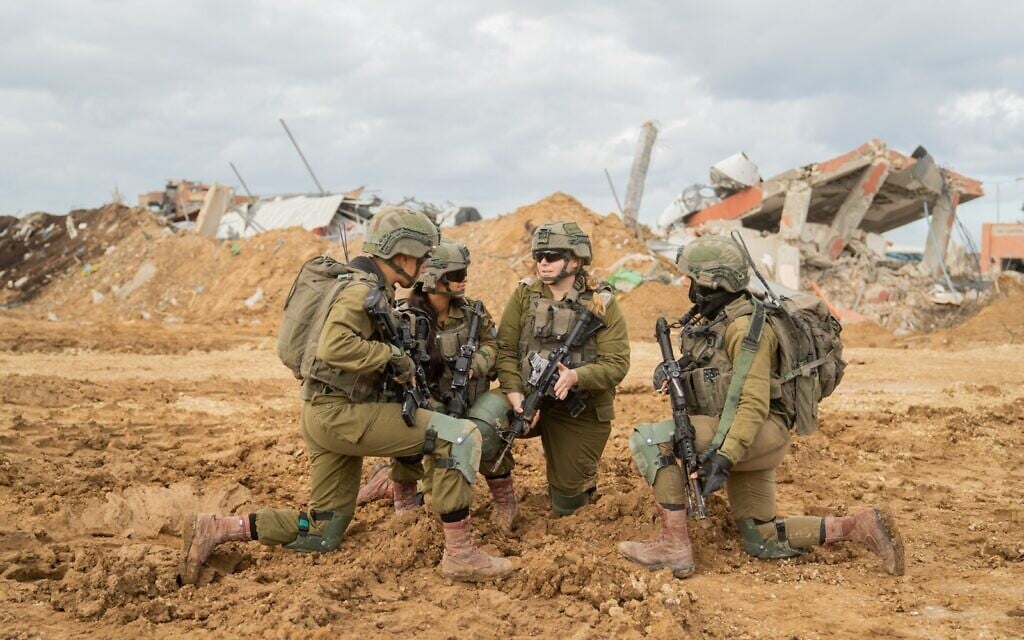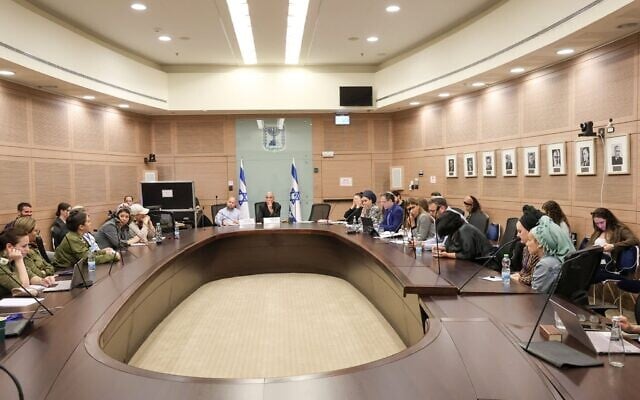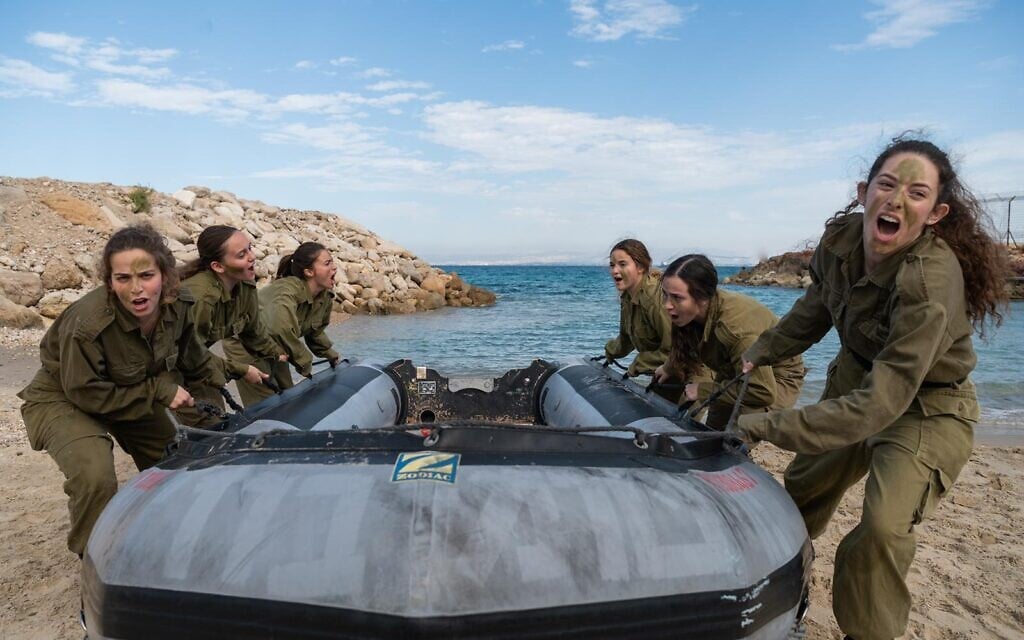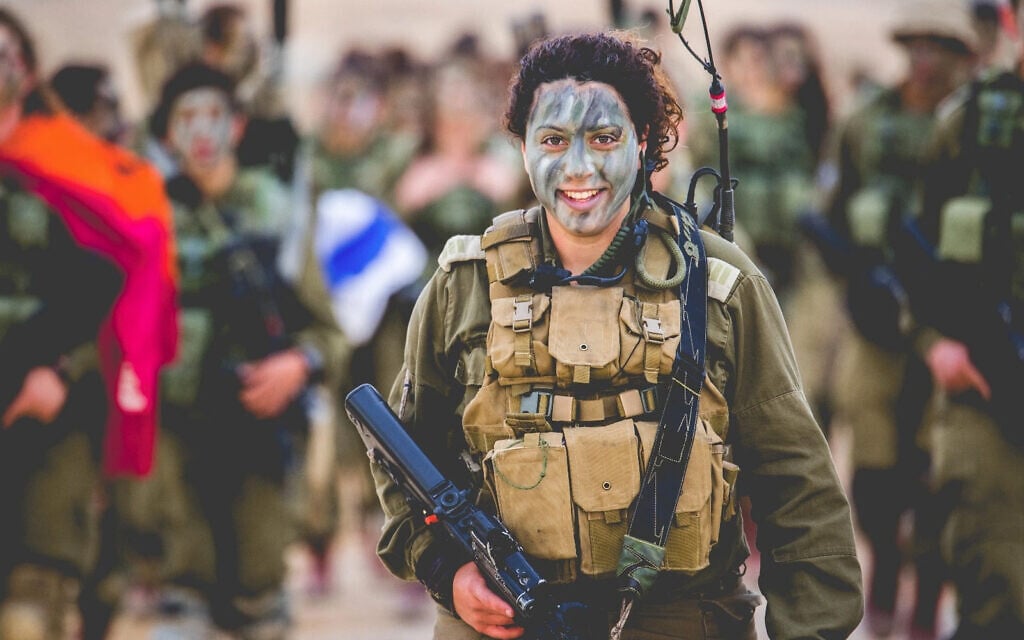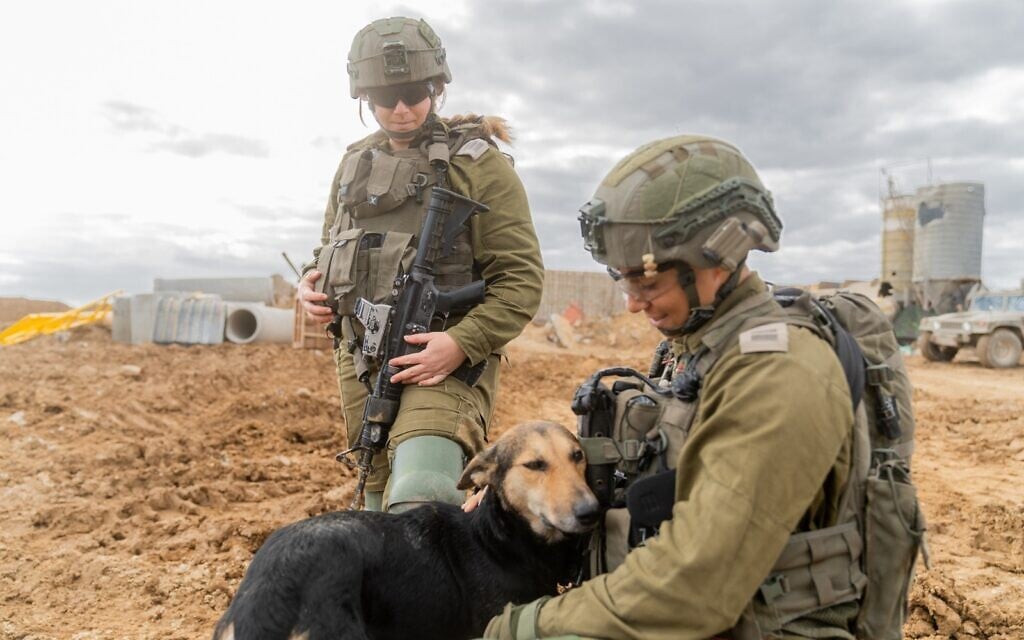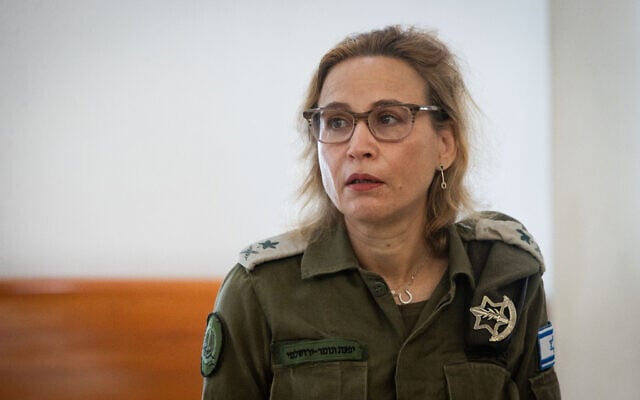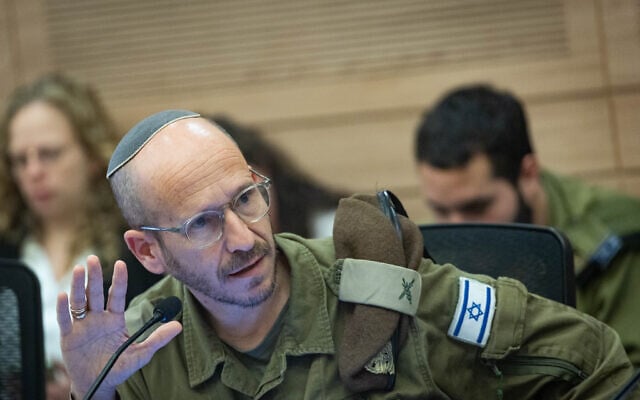Making financial deals with the devil will not ensure the long-term safety and security of the United States. Trump is up against dictatorial regimes that see history through the prism of centuries, not terms in office.
Trump goes to countries that give him things — cash, 747s, $Trump meme coin and Official Melania Meme sales, arms purchases, hotel deals, golf courses, A.I. data centers — and not countries that ask him for things, like Israel.
Despite the optics, Trump is constrained by evangelical Christian support for Israel and Republicans in Congress, who will not support a bad deal with Iran or a Palestinian state. (Bless those Goyim:-)

Israel’s Prime Minister Benjamin Netanyahu just learned a fundamental imperative in international relations—namely, that among nations, there are no permanent friendships, only perceived interests.
Particularly during this last Mideast trip, it seems as if President Donald Trump—perhaps on the advice of Vice President JD Vance, who Axios reported skipped visiting the Jewish state, and former Fox News host and media personality Tucker Carlson, who has been on record for antisemitic rhetoric—turned away from Israel in a series of moves.
The slights began with Trump’s undeserved praise of the Turkish dictator Recep Tayyip Erdoğan, made in front of Netanyahu during a recent visit to the White House. The president subsequently entered into negotiations with Iran, a deal that might leave Israel facing an existential threat from the Islamic Regime.
Netanyahu’s rivals in Israel’s political arena should not take comfort in what they perceive as the weakening of the prime minister’s standing due to Trump’s appearance of intentionally ignoring him. They must understand that whatever supposed wrongs Trump is exhibiting toward Netanyahu, he would, undoubtedly, treat other Israeli leaders, including Yair Lapid, Avigdor Lieberman, Benny Gantz or Naftali Bennett, worse. Therefore, they should express solidarity and support for Netanyahu’s warnings about Iran and his resolve to remove the Hamas terrorists from Gaza.
Trump’s Middle East envoy, Steve Witkoff, has hinted that the Trump administration might allow Iran to enrich uranium to the 3.67 level, which is ordinarily non-threatening. However, given the Islamic Republic of Iran’s propensity for massive cheating on its nuclear progress, Trump’s eagerness for a deal might backfire and make things in the Middle East much worse.
The deal Trump made with the Houthis—to stop firing on American and Western ships and allow for unmolested freedom of navigation along the Red Sea and the Arabian Sea—was most likely concocted by Iran to gain points in Washington. Trump praised the Houthis for the deal that included safety for American and Western ships passing through the Bab El-Mandeb Strait. Protection of Israeli ships, though, was excluded, and Israel was left alone to handle the Iranian-supplied missiles to the Houthis. Netanyahu was likely disappointed by Trump’s failure to inform him about the agreement, which came days before the Houthis launched a missile that landed near Ben-Gurion International Airport. One does have to wonder, though, where was Trump’s immediate condemnation?
The enemies of Israel in the Middle East are sure to be uplifted by what they perceive as Trump’s abandonment of Israel. And certainly, the unilateral deal with the Houthis gives them hope that this is the case.
A potential civil nuclear deal with Saudi Arabia, in the absence of Riyadh’s commitment to normalize relations with Israel and extending an invitation for them to join the Abraham Accords, would be another sign that Trump is leaving Israel behind. (Even the Biden administration conditioned a civil nuclear deal with the Saudis on joining the accords.)
As a dealmaker, Trump may very well try to pressure Israel to agree to a Palestinian state if it meant that he could secure more than a trillion dollars of Saudi and Emirati investment in the United States. This is the quid pro quo demand of the Saudis for joining the Abraham Accords. Yet, Israel cannot afford to have a Palestinian terrorist state close to its population centers, especially after the Hamas-led terrorist attacks in southern Israel on Oct. 7, 2023.
The heartwarming release of Israeli American hostage Edan Alexander as a gesture to Trump by Hamas (while sidelining Israel) was another indicator that Trump fails to understand the Arab mind. It was the Qataris, Hamas’s sponsors and fellow radical Muslim Brotherhood members, who convinced the terror group to come up with this “goodwill gesture” as a way to belittle Netanyahu and start direct contact between the Trump administration. The murderous terrorists, together with their Doha backers, hope to convince Trump to force Israel to end the war and withdraw the Israel Defense Forces from the Gaza Strip.
All of the above is not meant to suggest that Trump has turned anti-Israel or is abandoning the Jewish state. Rather, it shows that America has its own interests to pursue. Clearly, Trump would like history to credit him for being a peacemaker. But what he needs to understand is that with entities such as Iran, the Houthis, Hamas and even Ahmed al-Sharaa in Syria, there is no permanent peace, only hudnas, temporary ceasefires until the Islamic forces can prevail.
Trump gave Netanyahu a free hand in the Gaza Strip, which was not the case during the Biden administration. Trump is intrinsically pro-Israel; however, he is also pro-business and considers himself to be a supreme dealmaker. He is not ideological and so cannot fully grasp the dangers emanating from radical Islamists, such as Erdoğan, or the fact that there are Muslims in the West who would prefer that Sharia law replace the Western constitution.
Even if Trump was considering new alliances and friends who are inimical to Israel’s security, he is constrained by strong evangelical Christian support for Israel, as well as Republicans in Congress who will not support a bad deal with Iran or the imposition of a Palestinian state.
It remains to be seen which forces prevail regarding the president’s decisions and ultimate actions in the Middle East arena. Making financial deals with the devil will not ensure the long-term safety and security of the United States. Trump is up against dictatorial regimes that see history through the prism of centuries, not terms in office.
https://www.jns.org/trumps-apparent-snub-of-netanyahu-may-send-a-dangerous-message/?








